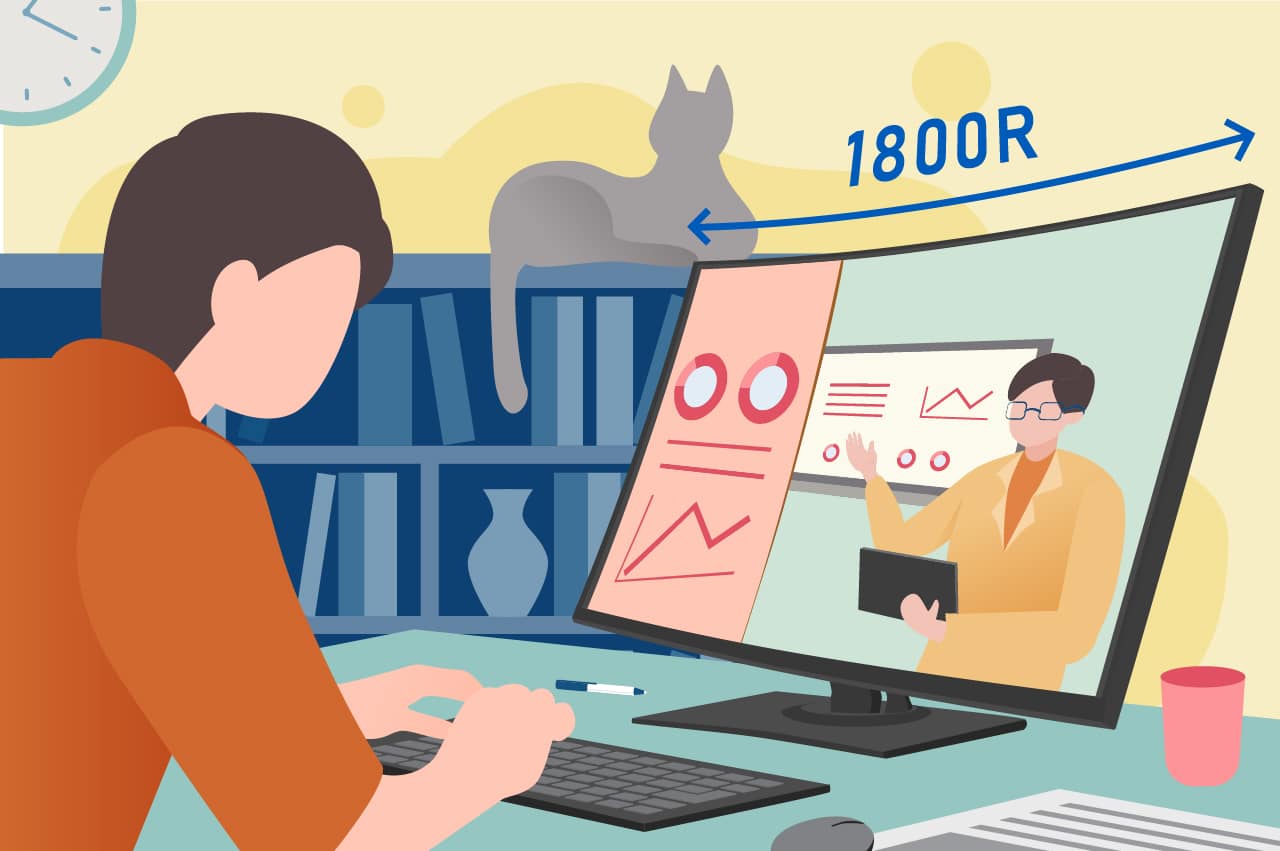Hello I am after some advice and to also give others the heads up so they don't make the same mistake I nearly did.
I am switching from a 2015 i7 16gb iMac 27" ( Its served me very well ) to a Mac Studio, I cant justify the expense of a Mac Studio monitor so like many others I am sure I am looking at alternatives. I am fully aware that its going to be a bit of a down grade compared to my old iMac with its 27" 5k display but I am not a video editor nor a photographer I am a full time composer that uses Logic pro and thats it so in all honesty a 5k display has been a massive over kill for me these last 7 years.
Choosing a new monitor I thought would be easy but due to the way apple scale things and what there special displays are like its made it a little tricky, if you get it wrong the text will be stupidly small and your have to change it with apples built in scaler options this unfortunately will use up machine resources and in turn slow the computer down. From what I have worked out you need to get the PPI right, stay as close as you can to either 110 PPI or 220 PPI, I believe 220 is good for retina and 110 good for non retina there are a few calculators on line that will work that out from you. I think as long as you keep within 3440 x 1440 and 34" you're be very close to 110 PPI and you wont need to do any scaling in OSX, and the same for 5120 x 2880 27" and will be close to 220 PPI.
I am hoping someone has a lot more experience and knowledge than me on this subject that can confirm what I have said and also to take a look at what monitors I am considering, I really don't want to make the wrong choice.
Something else that I am puzzled about is what would be a good Hz to go for ( I wont be gaming )
Here is one of the ones I am looking at - https://www.ebuyer.com/983351-lg-34wn750-b-34-ultrawide-qhd-ips-monitor-with-amd-freesync-34wn750-b
I am considering ones with a curvature but not sure at what amount, I don't what something thats really curved, any advice on that would be great.
Anyways thanks for taking the time to read this and hopefully someone can give some help.
Many thanks
I am switching from a 2015 i7 16gb iMac 27" ( Its served me very well ) to a Mac Studio, I cant justify the expense of a Mac Studio monitor so like many others I am sure I am looking at alternatives. I am fully aware that its going to be a bit of a down grade compared to my old iMac with its 27" 5k display but I am not a video editor nor a photographer I am a full time composer that uses Logic pro and thats it so in all honesty a 5k display has been a massive over kill for me these last 7 years.
Choosing a new monitor I thought would be easy but due to the way apple scale things and what there special displays are like its made it a little tricky, if you get it wrong the text will be stupidly small and your have to change it with apples built in scaler options this unfortunately will use up machine resources and in turn slow the computer down. From what I have worked out you need to get the PPI right, stay as close as you can to either 110 PPI or 220 PPI, I believe 220 is good for retina and 110 good for non retina there are a few calculators on line that will work that out from you. I think as long as you keep within 3440 x 1440 and 34" you're be very close to 110 PPI and you wont need to do any scaling in OSX, and the same for 5120 x 2880 27" and will be close to 220 PPI.
I am hoping someone has a lot more experience and knowledge than me on this subject that can confirm what I have said and also to take a look at what monitors I am considering, I really don't want to make the wrong choice.
Something else that I am puzzled about is what would be a good Hz to go for ( I wont be gaming )
Here is one of the ones I am looking at - https://www.ebuyer.com/983351-lg-34wn750-b-34-ultrawide-qhd-ips-monitor-with-amd-freesync-34wn750-b
I am considering ones with a curvature but not sure at what amount, I don't what something thats really curved, any advice on that would be great.
Anyways thanks for taking the time to read this and hopefully someone can give some help.
Many thanks


